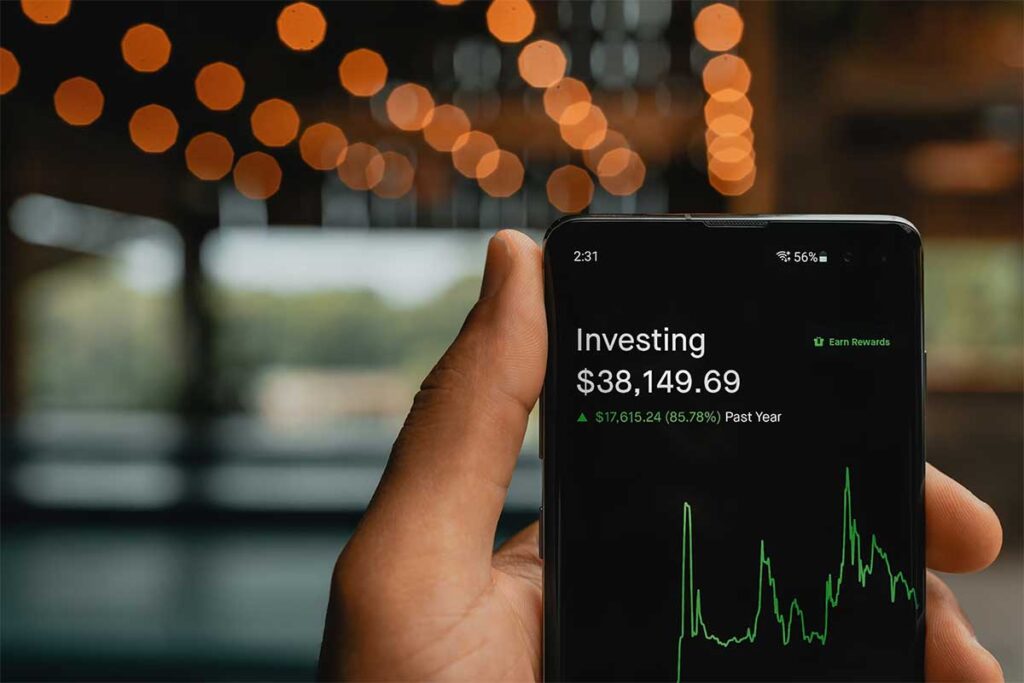In a world driven by speed and data, automated investing has emerged as a transformative approach for traders of all experience levels. By combining algorithms with accessible technology, investors can execute strategies faster, reduce emotional bias, and free up time for higher-level planning. Successful automation, however, is not as simple as flipping a switch. It requires careful preparation, ongoing oversight, and a clear understanding of how to align technological capabilities with personal goals. This article explores the science behind automated investing, the framework needed to deploy it, the balance between human insight and machine execution, the benefits of diversified automation, and the discipline required to sustain consistent results.
The Science of Automated Investing
Automated investing relies on a set of pre-programmed rules or algorithms that trigger buy or sell orders when specific market conditions are met. At the entry level, robo-advisors use questionnaire responses to allocate diversified exchange-traded funds, rebalance portfolios, and reinvest dividends on behalf of investors. More advanced systems scan real-time data feeds for technical signals, arbitrage opportunities, or economic events and then execute trades in milliseconds. The primary advantage of these systems is consistency. By removing reactive instincts, automated strategies adhere strictly to risk parameters and target criteria. They do not hesitate, overtrade, or second-guess during periods of high volatility. When designed correctly, they can deliver disciplined decision making that is often difficult to maintain under manual pressure.
Establishing the Proper Framework
Automation does not eliminate the need for a solid plan. In fact, successful trading bots depend on a well-defined framework before a single order is placed. The process begins with setting clear investment objectives. Are you seeking long-term growth, yield generation, or short-term gains? Defining goals determines asset selection, acceptable volatility levels, and performance benchmarks. Next, you must outline entry and exit rules, position-sizing limits, and maximum loss thresholds. Backtesting the strategy against historical data helps validate its robustness. Finally, you should build in fail-safe measures such as pause functions or manual override options. A reliable framework ensures that the automation operates within parameters that reflect your risk tolerance and financial vision.
Balancing Human Judgment and Machine Precision
Relying entirely on automated systems can expose traders to unanticipated risks. Markets are influenced by macroeconomic shifts, geopolitical developments, or regulatory changes that algorithms may not interpret correctly. Human oversight remains essential for updating rules, adjusting for new market regimes, and pausing strategies during black-swan events. Periodic performance reviews and stress tests help ensure that the bot adapts to evolving conditions. Effective traders combine machine precision in order execution with human intelligence in strategy refinement. By monitoring key performance metrics and intervening when necessary, you maintain flexibility and prevent rigid systems from causing outsized losses in turbulent markets.
Diversification Through Automated Systems
Automation opens the door to managing multiple asset classes without overwhelming manual effort. Traders can deploy separate algorithms for stocks, bonds, commodities, and currencies while enforcing unified risk controls. Portfolio rebalancing bots automatically restore target allocations after large moves in any sector. Spreading strategies across global markets helps reduce correlation risk and smooth returns. For example, the tools provided by platforms such as Maven Trading allow users to build multi-strategy portfolios that integrate momentum signals, mean reversion techniques, and carry trades. Automation ensures each strategy operates consistently, so you avoid overexposure to a single theme and capture opportunities in diverse environments.
The Role of Discipline in Automated Strategies
Discipline is a hallmark of successful trading, and automated systems codify that quality into every transaction. Rules such as stop-loss orders protect capital by closing out losing positions before they exceed predefined thresholds. Profit-taking routines secure gains when targets are reached. Discipline also applies to system maintenance. Regularly updating parameters based on market feedback, reviewing trade logs for anomalies, and removing underperforming strategies preserve overall integrity. Avoid the temptation to tweak settings in response to every market move. Instead, schedule systematic evaluations at fixed intervals, such as monthly or quarterly, and base adjustments on comprehensive analysis. This structured approach ensures that your automated framework remains both resilient and adaptive over time.
Conclusion
Automated investing is reshaping the landscape of modern trading by delivering speed, consistency, and the capacity to handle complex portfolios. Achieving mastery requires more than plugging in software. It demands a rigorous framework built on clear objectives, balanced oversight that blends human insight with algorithmic precision, and disciplined maintenance to guard against drift. Diversification through multiple automated strategies reduces concentration risk while automated rebalancing maintains target allocations. With thoughtful design and ongoing governance, traders can harness the power of technology to pursue their financial goals without sacrificing control or exposing themselves to avoidable pitfalls. As automation continues to evolve, adopting these best practices will ensure that your trading remains both cutting-edge and sustainable.






